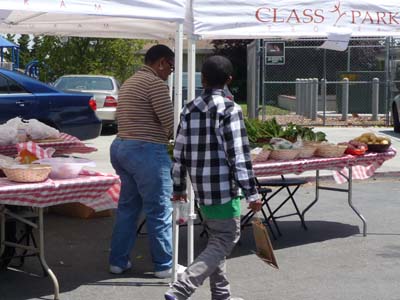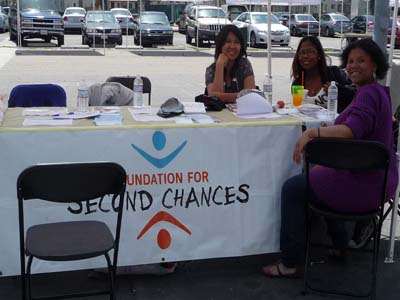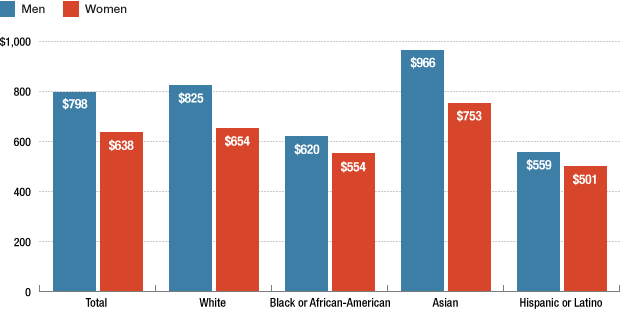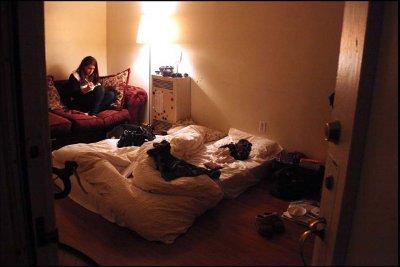It was a day for health and fitness on Saturday, April 24. The FFSC health fair featured a 5K walk/run, an obstacle course, a farmer’s market, bouncy slides for the kids and booths with information about health and fitness. The event attracted more than 500 people. I got there just as things were beginning to wrap up, but I managed to get a few photos.



 Filed Under: Blog
Filed Under: Blog










 A strange project is underway and I’m still not sure how I feel about it.
A strange project is underway and I’m still not sure how I feel about it. Four out 10 babies born in Los Angeles County are a result of an unplanned pregnancy, according to a
Four out 10 babies born in Los Angeles County are a result of an unplanned pregnancy, according to a 




